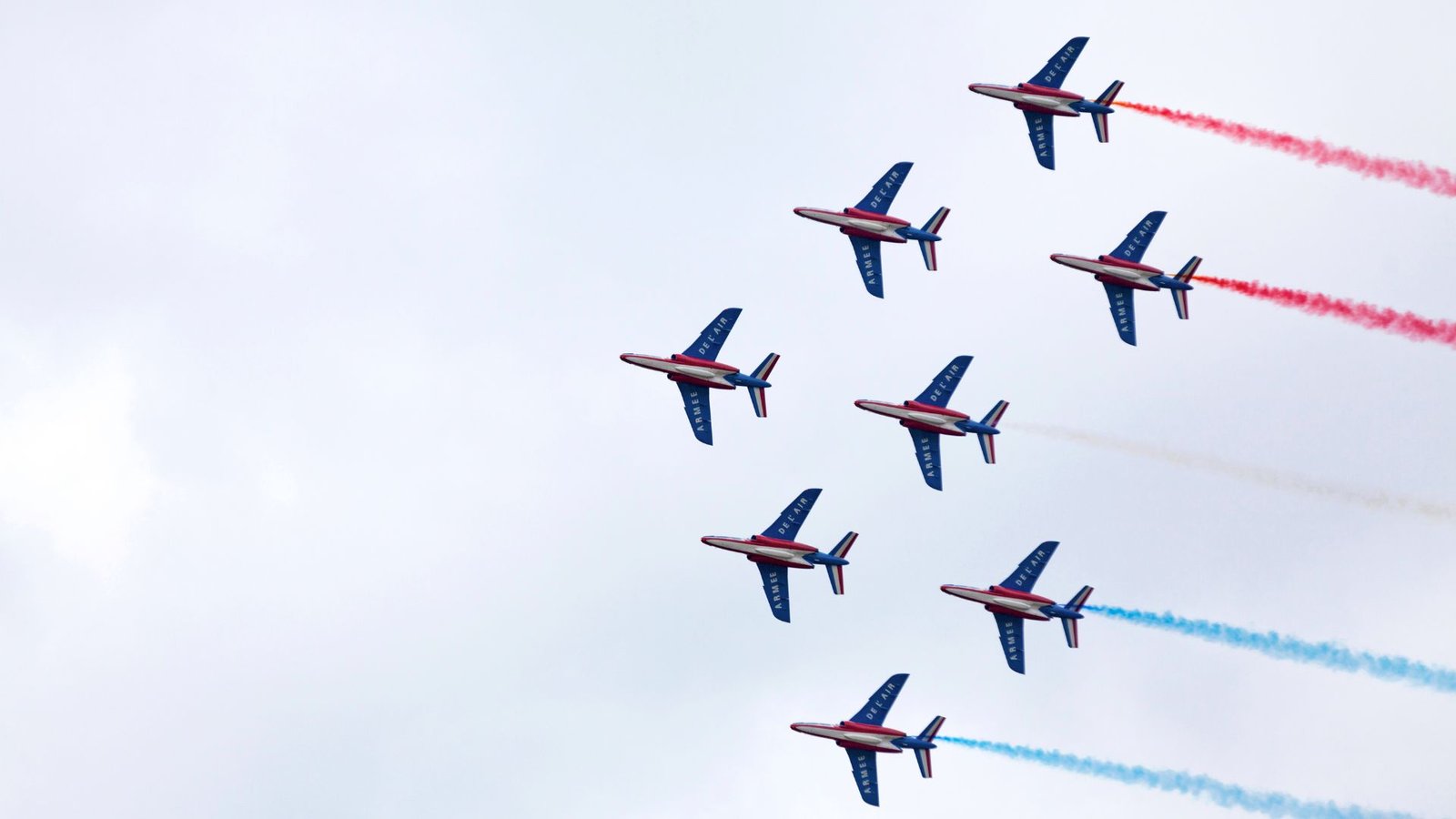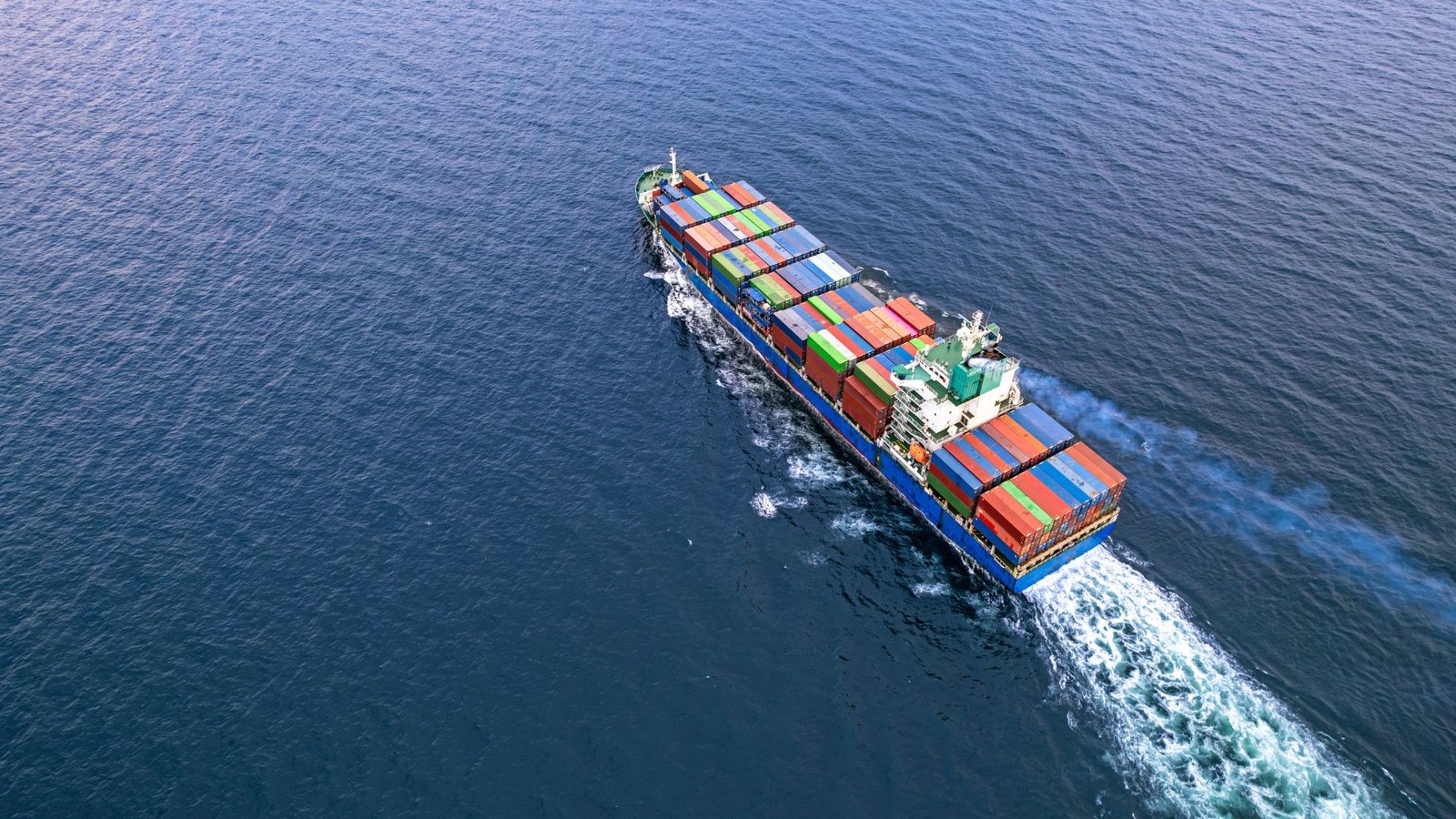How Maritime Patrol Aircraft Help in Coastal Security

Imagine standing on a quiet beach, the waves rolling in under a golden sunset. Everything seems peaceful, but beyond the horizon, a different story unfolds. Smugglers, illegal fishing crews, and even hostile threats test the waters, quite literally. This is where maritime patrol aircraft step in. They operate high above, scanning vast areas of the ocean, keeping coastlines safe without most people even realizing it.
What Are Maritime Patrol Aircraft?
Maritime patrol aircraft (MPA) are specialized planes designed to monitor the ocean. They track suspicious activities, assist in search-and-rescue missions, and support naval forces. Unlike fighter jets built for speed and combat, these aircraft are designed for endurance, covering thousands of miles without refueling.
Long-Range Surveillance
Maritime patrol aircraft are built to fly for extended periods, covering thousands of miles without stopping. This allows them to scan vast oceanic areas where ships would take days to reach. With their ability to operate at high altitudes, they provide a bird’s-eye view of maritime activities.
Advanced Radar and Sensors
Equipped with state-of-the-art radar and sensors, these aircraft can detect threats even in poor visibility conditions. Infrared cameras help spot suspicious vessels at night, while sonar systems allow them to track submarines beneath the surface. This technology ensures no illegal activity goes unnoticed.
Weapons and Defense Systems
Some maritime patrol aircraft carry torpedoes, missiles, and depth charges to handle potential threats. This makes them not just surveillance tools but also active defenders of coastal security. Their weaponry allows them to neutralize dangers before they become serious problems.
Communication Systems
These aircraft serve as a crucial link between naval forces, coast guards, and government agencies. Real-time data transmission allows quick decision-making, ensuring swift action when threats are detected. Their ability to coordinate multiple agencies makes them vital for national security.
How Do Maritime Patrol Aircraft Secure Coastal Areas?

Spotting Illegal Activities
One of the biggest threats to coastal security is illegal smuggling. Drugs, weapons, and human trafficking often take place in remote parts of the ocean. Smugglers use small boats or even submarines to avoid detection. MPAs, equipped with infrared cameras and radar, can track these vessels and guide security forces to intercept them.
Real-Life Example: In 2022, a maritime patrol aircraft in the Caribbean helped intercept a drug-laden boat trying to sneak into the United States. Without aerial surveillance, the small vessel would have easily slipped past coastal defenses.
Protecting Fisheries from Poachers
Illegal fishing costs coastal nations billions every year. Poachers enter restricted waters, catching protected species and depleting fish stocks. MPAs play a key role in spotting unauthorized fishing boats and alerting authorities.
Search and Rescue Missions
The ocean is unpredictable, and emergencies happen all the time. Ships capsize, planes crash, and people get stranded at sea. Maritime patrol aircraft provide life-saving support by locating survivors and guiding rescue teams to their location.
Defending Against Military Threats
In times of tension, hostile submarines and warships may enter foreign waters undetected. Maritime patrol aircraft act as early warning systems, identifying potential threats long before they reach the coast.
The Future of Maritime Patrol Aircraft
With technology advancing, the next generation of MPAs is set to become even more powerful. Artificial intelligence is being integrated to process surveillance data faster. New fuel-efficient engines allow for longer patrols without frequent refueling stops. Even drones are being introduced to assist these aircraft in covering more ground.
The ocean is vast, and threats come in many forms. Whether it’s criminals exploiting unguarded waters, environmental crimes, or military dangers, maritime patrol aircraft remain a frontline defense. They are the unseen eyes in the sky, working around the clock to ensure coastal security.So, next time you gaze at the ocean, remember—somewhere high above, a maritime patrol aircraft might be watching, making sure the coastline stays safe.
FAQs
1. What is the main role of maritime patrol aircraft?
Maritime patrol aircraft are designed for surveillance, reconnaissance, and security operations over coastal and open-sea areas. They help detect illegal activities like smuggling, illegal fishing, and unauthorized intrusions while also assisting in search-and-rescue missions.
2. How do maritime patrol aircraft detect threats at sea?
These aircraft are equipped with advanced radar, infrared cameras, and sonar systems that allow them to detect vessels, submarines, and even people in distress. Their sensors work in all weather conditions, making them highly reliable for coastal security.
3. Can maritime patrol aircraft engage in combat?
Yes, some models are armed with torpedoes, missiles, and depth charges to counter threats such as enemy submarines and hostile ships. While their primary role is surveillance, they can take action when needed.
4. How do maritime patrol aircraft assist in search and rescue?
They use infrared sensors and high-resolution cameras to locate missing boats, downed aircraft, or stranded individuals. Once found, they guide rescue teams to the exact location, ensuring quick response times.
5. What is the future of maritime patrol aircraft?
Newer models are incorporating artificial intelligence, drones, and more fuel-efficient engines to expand their capabilities. These advancements will allow them to patrol larger areas with greater accuracy and efficiency.
- Educação
- Course
- Books
- Drawing
- Seção
- Film
- Fitness
- Food
- Jogos
- Gardening
- Health
- Início
- Literature
- Music
- Networking
- Outro
- Programming
- Religion
- Shopping
- Sports
- Curriculm
- Wellness


